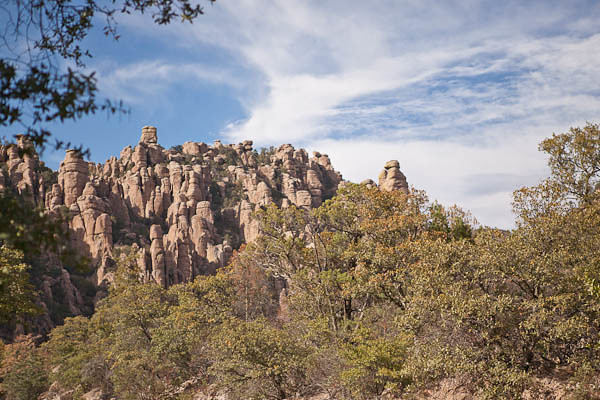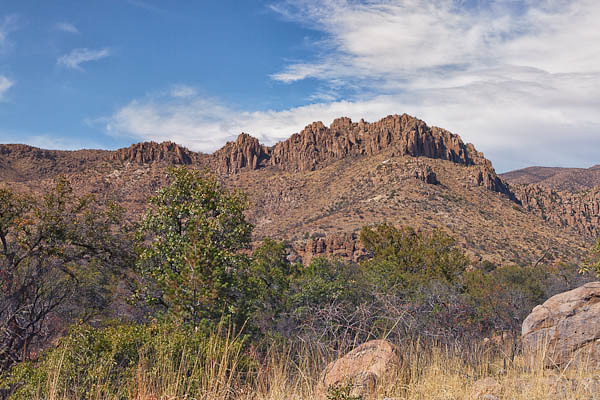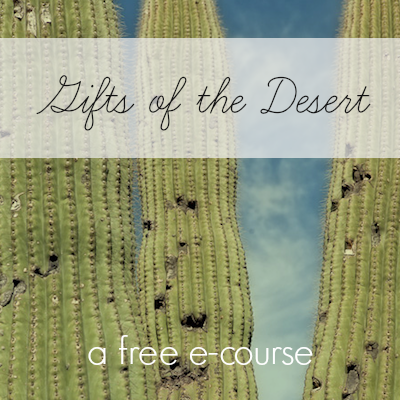The first time I visited Chiricahua National Monument in southeastern Arizona, on my first visit to Arizona in 2008, I was in awe of the vast mountain spires, the chimneys and balanced rocks and imposing towers of stone. Interspersed within this wonderland of rock was a forest of many shades of green, and an immense variety of vegetation caused by the interconnection of four major habitats – the Chihuahuan Desert from the east, the Sonoran Desert from the west, the Rocky Mountains from the north and the Sierra Madre Mountains from the south.
All come together in Chiricahua, a sky island, and the combined diversity in nature was almost unimaginable. A drive from northern Canada, through the United States, and ending in northern Mexico would give you a similar experience, but add 2,000 miles to your drive.
When I was in Arizona last winter, I had hoped to visit the Monument again, but I ran out of time. No problem, I thought. I’ll go see the Chiricahuas when I come back. They’ll still be there. I’ll have more time to explore, and I can camp again in the delightful Bonita Springs Campground.
I returned to Chiricahua National Monument a few days ago. And I was partly wrong in my assumptions. Yes, the Chiricahuas are still there, the mountains as vast and intricate as always. But no, they are not the same. Last May, 2011, only a few weeks after my return to the Midwest, a human-caused fire started in the drought-dry Coronado National Forest many miles south of the park.
A deep freeze the February before had killed much of the annual and perennial vegetation in the area. And a regional drought had made the whole of southeastern Arizona like a tinder box. One carelessly watched campfire was all it took. Six weeks after the initial blaze, almost 223,000 acres in the Chiracahua Mountains, and 100% of Chiricahua National Monument, had burned. Buildings were saved, a few hundred acres of trees in the lower elevations and near the campground had been protected, but everything else had been damaged to some extent by the wildfire.
Last week, I finally had the chance for a proper visit. I set up my campsite, and then took the last tour of the day of the Faraway Ranch,the historical ranch that was instrumental in establishing this part of the Chiricahuas as a National Monument back in the 1920s. Then I headed up into the mountains on the eight mile long road to see the summit and assess the damage I had only heard about.
The rocks were there, but the trees I remember were burnt tree matchsticks. Entire mountains had been denuded. Here and there a few survivors showed green against the pale rock, but the damage was — perhaps I am being dramatic here, but the only word I can think of is — heartbreaking.
As I walked around I still admired the rocks. They are still spectacular. But I wondered what had happened to all the species of mammals and bats, hummingbirds and insects, the trees and the flowers, that had flourished here in such unprecedented numbers. Where had everything gone?
I saw a few birds soaring between the rocks and one lizard. I saw a few wildflowers, hugging the road. A few bushes, some scarred. A few trees.
I left my camera in the car. Even though it was late afternoon, and the time was approaching the golden hour, my enthusiasm for photography was at a low. I drove back to the campground, packed up the few things I’d piled on the picnic table, and drove back to Tucson.
Before I left, I took a couple of photographs near the Faraway Ranch where the trees were saved.
The monument won’t be the monument I remember falling in love with until my grandchildren’s children are old enough to hike the trails. I’ll be back before then, ready to find the beauty I know is still there, ready to take photographs of Chiricahua.
I need a little time to adjust to Chiricahua as it is now. But I’ll be back.
——————-
Bo Mackison is a photographer and owner of Seeded Earth Studio LLC, living and photographing in southern Arizona.











